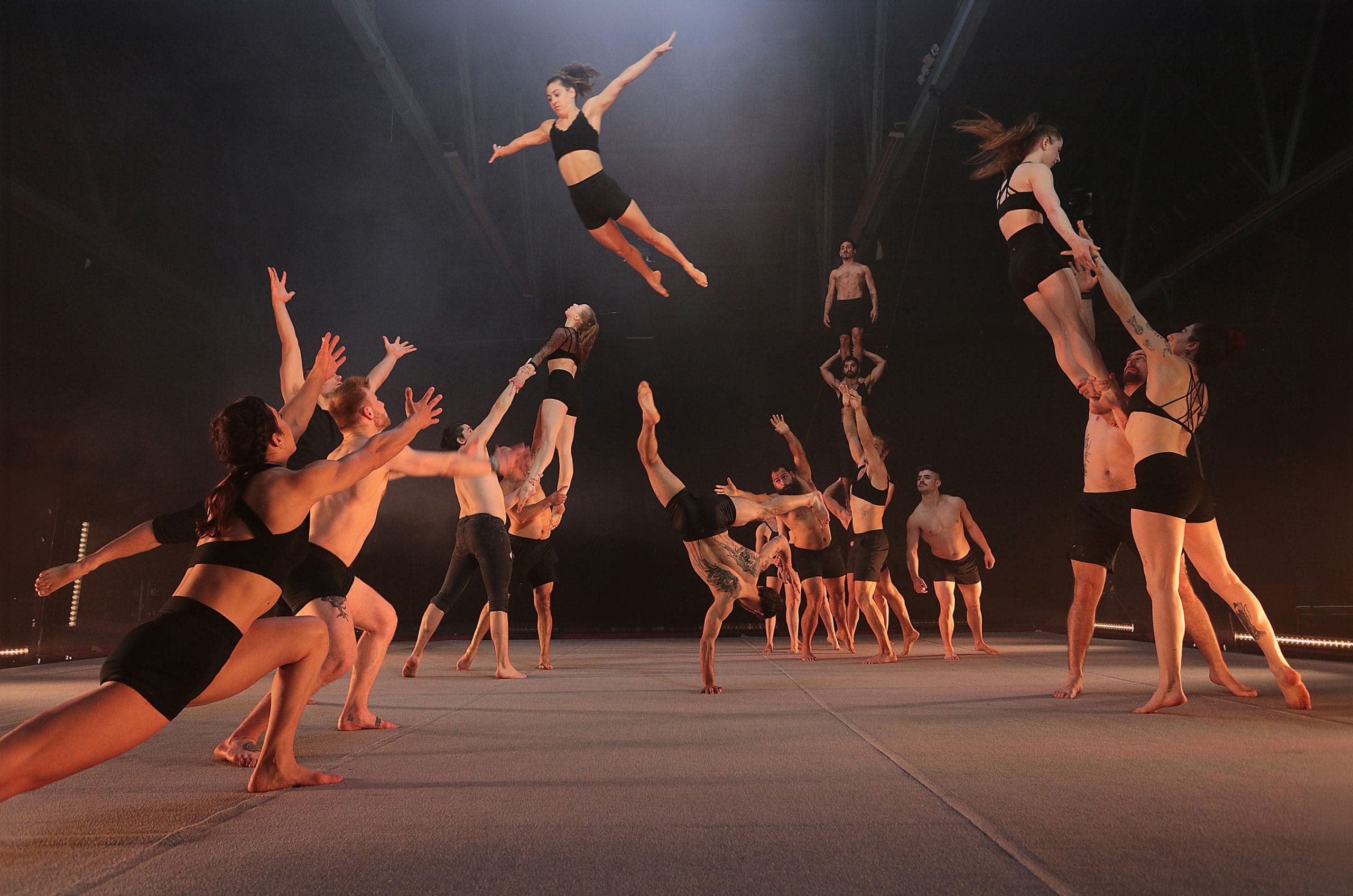
Artists: Code of behaviour
provides good working environment in new circus company
Establishing a company of 20 artists is not only a breakthrough in Danish circus history, it is also a unique collaborative project, both physically and artistically.
Copenhagen Collective brings together artists with different languages and backgrounds in a large-scale working community. The troupe's first performance, The Genesis, was developed together and is about community and how closely connected people are to each other.
To show how the group should work together, Copenhagen Collective has integrated a Code of Conduct in all contracts. The code is based on the values of commitment, integrity and diversity and co-operation based on a shared passion for developing acrobatics. It also addresses communicating constructively and with curiosity, not tolerating harassment and working towards a healthy and safe working environment.
The purpose of the guidelines has been to create a flat structure, and thereby create art of high quality. This is according to Søren Flor, CEO of JA Circus, which finances Copenhagen Collective, and who has also served as the company's leader.
After a long European tour, the company is revising the common code, which is also based on the artists' current experiences.
Inspired by Netflix
The first version of the code was developed by management, who, according to Søren Flor, focused on making it action-orientated. His experience with other codes is that they are often values on a piece of paper that people have to interpret themselves.
"We were inspired by Netflix's code of conductwhere it is clear what is expected of you and of us. That's how it turned out in the first instance, when we hadn't yet worked together. Now we are revising the code together, based on all the empirical information we gained during the first production," he says.
We'll come back to the revision, which is something many of the company's artists are also concerned about. Several of them have worked with similar codes abroad, for example in Canada and Australia, but as Guatemalan-American Bechara Hage Meany points out, American codes are "not as orientated towards the collective and inclusive, but more towards the individual performance". For example, you may be required to speak English, while Copenhagen Collective is more inclusive linguistically and culturally.
Artist and base acrobat Bechara Hage Meany points to the diversity as what made the work unique for him, even though he had to get used to it: "It was sometimes challenging that we spoke so many languages and had such different backgrounds, for example, not everyone could speak English and the artists had to translate from Spanish, Portuguese and French themselves," he mentions as a concrete example of how the code affects the daily work with its emphasis on linguistic and cultural diversity.
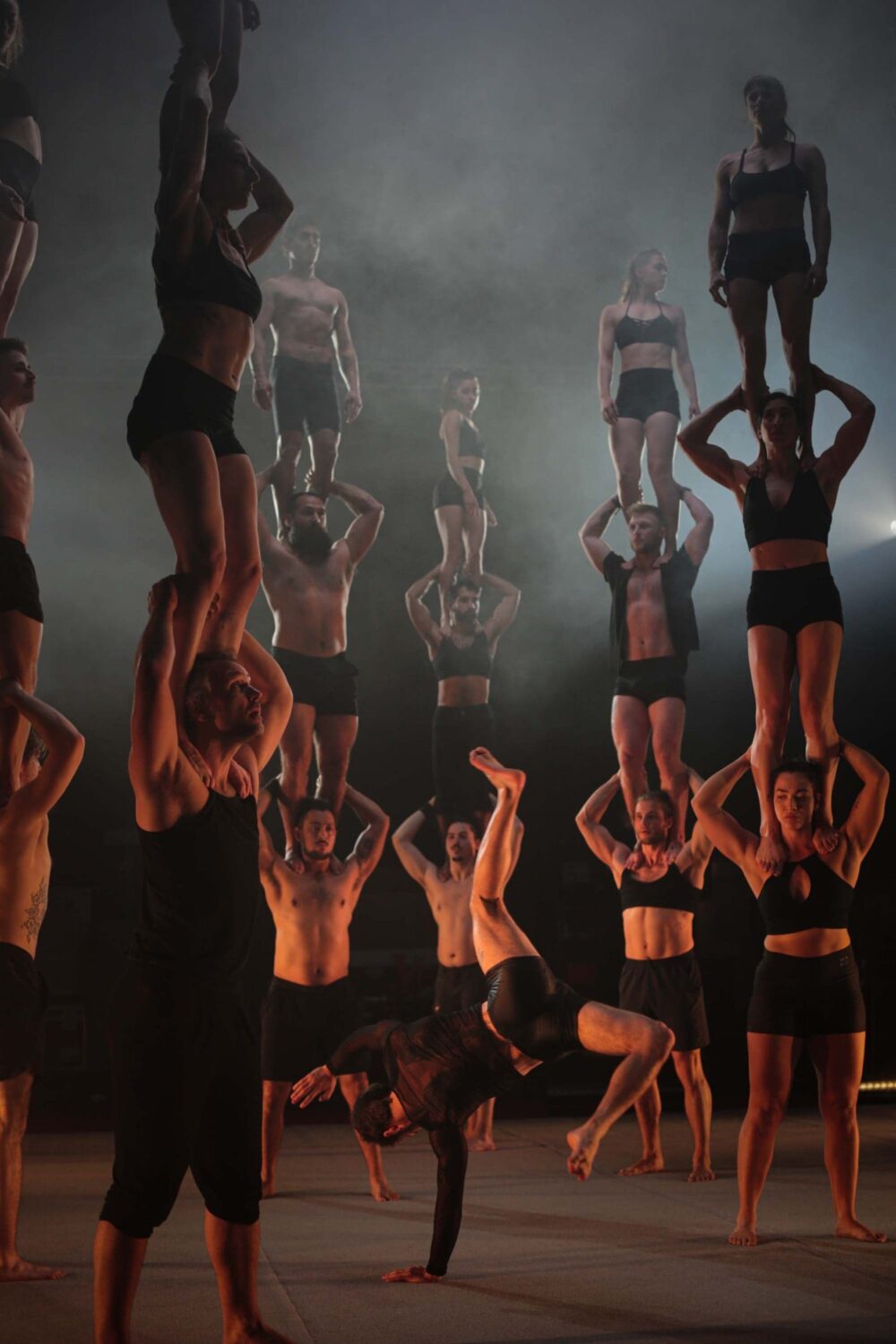
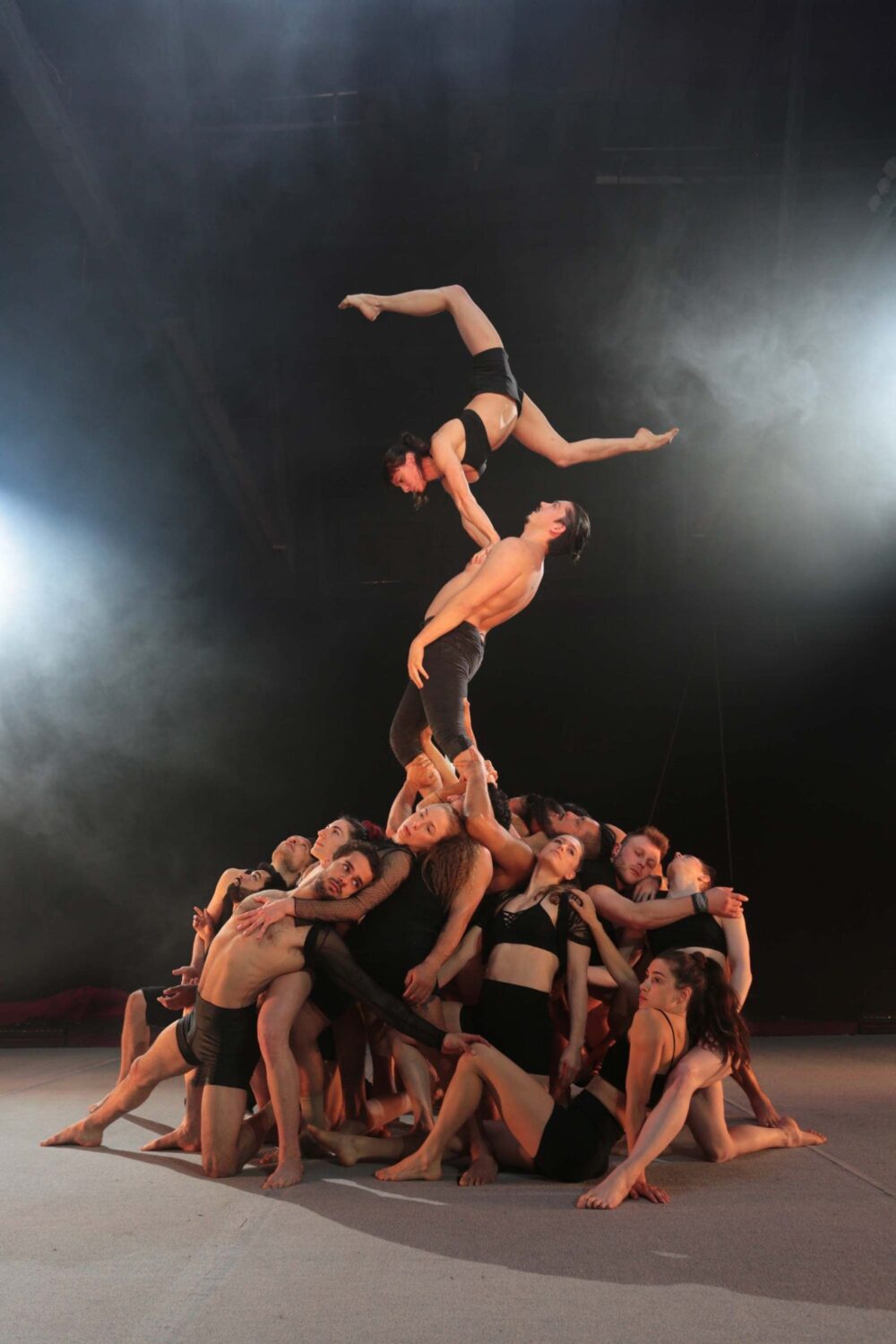
No one right way to do it
The artists say the code provides a sense of security and common ground in a new company. "It gives me a better idea of the company's values and personality, and it helps us to create without worrying about the foundation of our work," says Canadian Marilou Verschelden, a middle-base acrobat in Copenhagen Collective.
Australian Shona Morgan is one of the company's aerial acrobats, and she emphasises that the code allows her to see if her values and those of the company are compatible: "If they are, it makes me want to work with the company and also gives me clear expectations of the behaviour I can expect in my daily work."
Marilou Verschelden also points out that a code eliminates the inefficiency and confusion that can arise when many people have to work together and there is no one right way to do it. Alfred Hall Kriegbaum, a Danish artist and base acrobat in the troupe, also sees the codex having a particular impact in the workshops where the artists have developed material: "It helped create more balance and equality between the artists, so it's not always the same people coming up with suggestions and ideas," he says.
This way of working is central to management's goal with the code: it's about creating a culture where you say "yes and" to other people's ideas, rather than "you could too".
"Building on other people's ideas instead of competing to have the best idea," explains Søren Flor.
Codex removed stress
Danish acrobat and flyer Anna Sofie Fornitz Vording takes it for granted that everyone can be open and give feedback, but also sees the code as a good opportunity to dive into your own values, put them into words and understand that others feel differently: "It was a very intense and challenging project where twenty people were put into a hangar and had to create a performance, and even though we are driven by passion and want the same thing, we might not approach it in the same way," she explains.
Bechara Hage Meany points out that Codex was the extra work of aligning expectations and including wider worth: "We succeeded in creating something beautiful, not only the show, but also a collective that focused on the quality of the work environment and the wellbeing of the artists. The code removed a lot of the stress that often exists, especially in relation to management," he concludes.
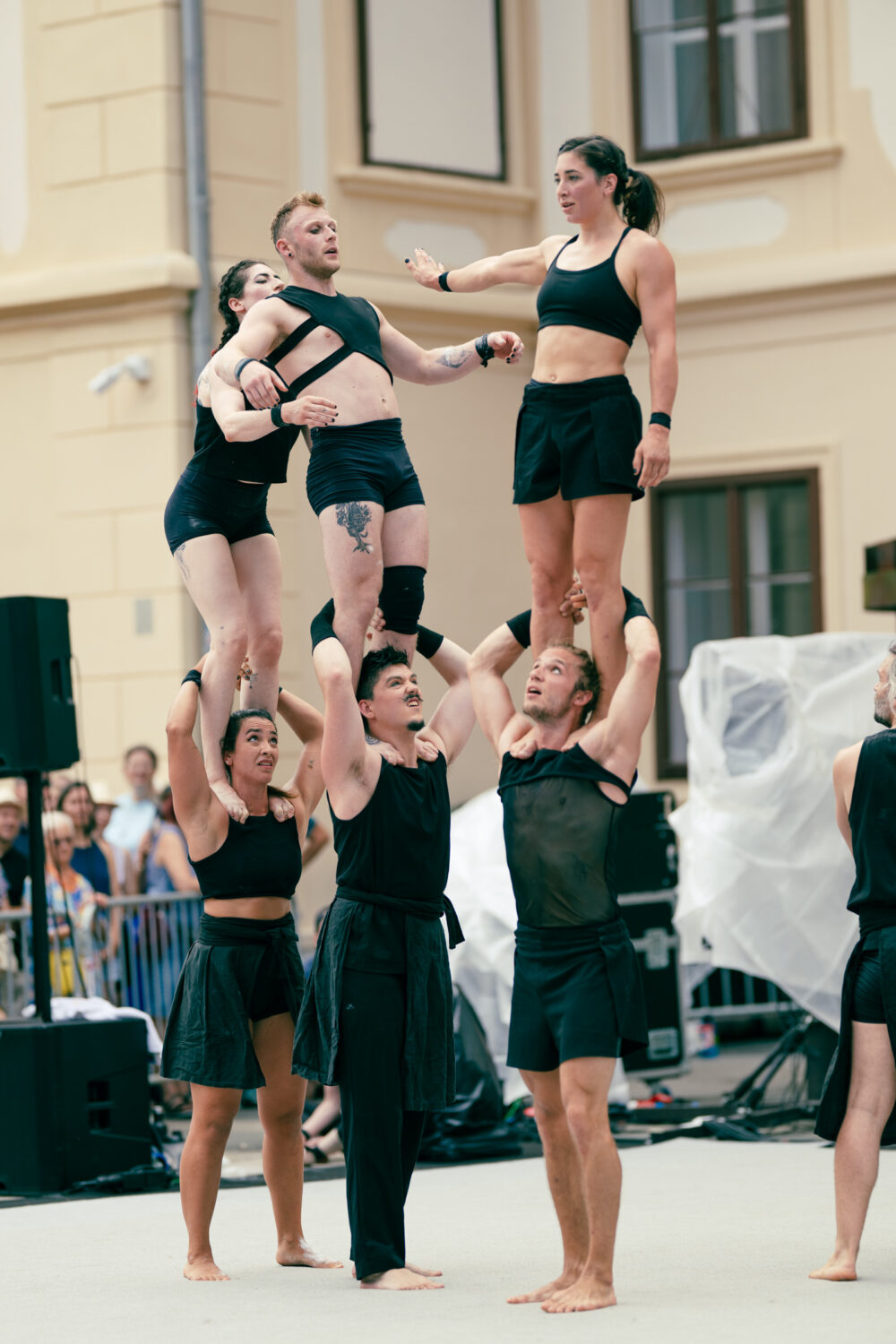
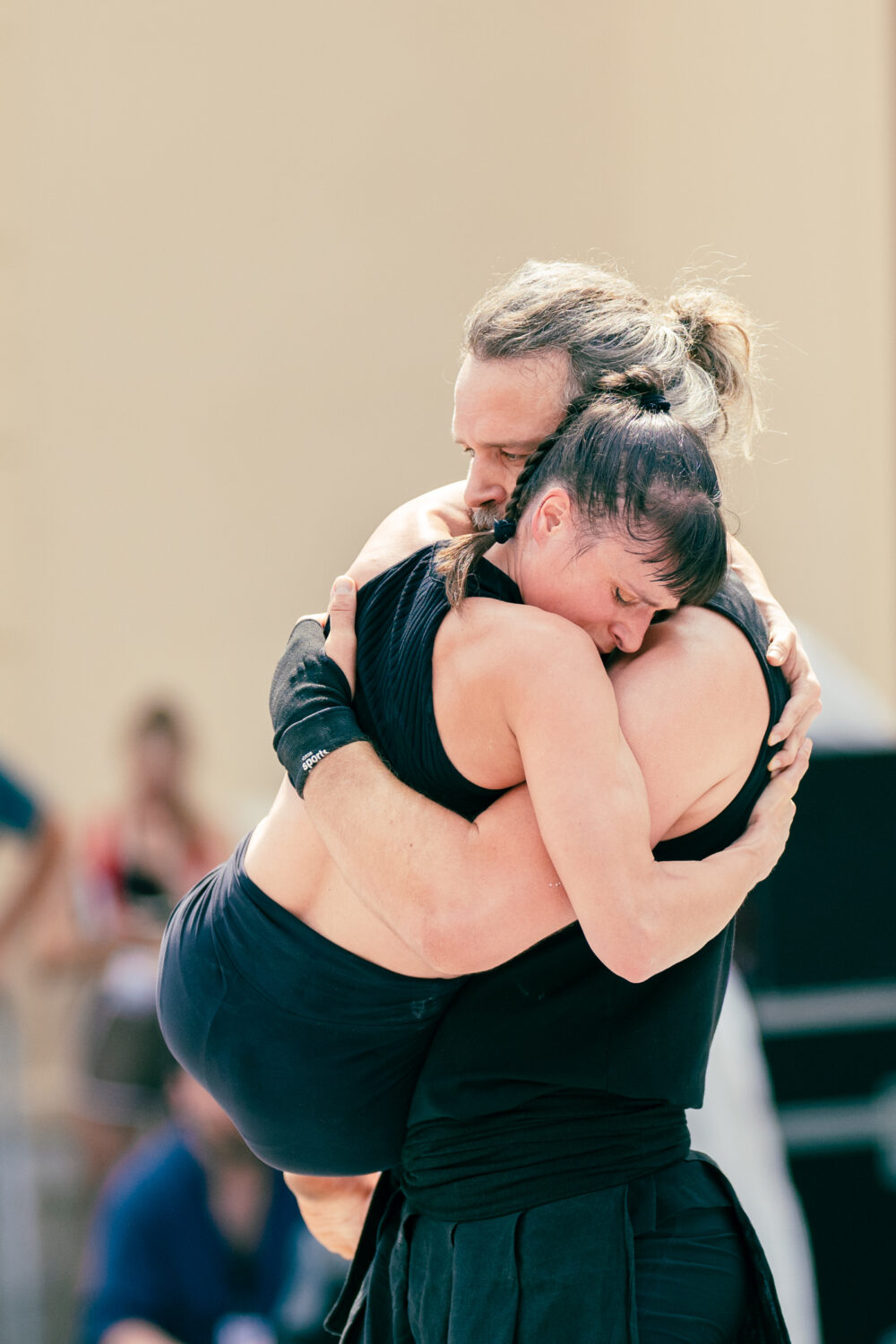
Common understanding of professionalism
Søren Flor finds that Western artists have found it easier to work with the intention of a flat structure in the codex. "I don't want to be the boss-boss and they can handle that, while others may have more need for hierarchy. We want to distribute responsibility and decisions and then trust that others can handle it, even if they do it in a different way than I would have done," he explains and elaborates:
"We have a goal of a safe workspace where you can make mistakes, and here I find that people want to speak from an emotional level and let others make decisions and take responsibility. It's difficult to understand who decides in a flat structure, and the collective can't decide everything. For example, we played an outdoor performance in Austria where it was very hot and some of the artists wanted to cancel the evening performance, but you can't do that when a customer has paid," he states, pointing out that disagreements like this have led to good conversations about what professionalism is, which will be reflected in the revised code.
"There may have been too much process for my taste, but it was important for some. Everyone was aware that we were developing a completely new company with many nationalities, so we didn't work with sanctions in the first phase," he says, who sees the code as a living document. He looks forward to revising it with the experience gained and expects that in the future it will be thoroughly reviewed with the artists, whereas initially it was up to them to familiarise themselves with the guidelines.
Stay true to your values
The artists have just received a questionnaire to evaluate the work on the code and several of them are also contributing to the draft of a revised Code of Conduct. They have also discussed the code along the way, because as Bechara Hage Meany says: "It's probably inevitable to have to fine-tune a code for such a big first-time production with a brand new company." Marilou Verschelden also sees it as meaningful that not everything was decided in advance: "We didn't know how we wanted to work in the beginning, but now that we've tried different options, we're ready to make a more precise codex," she says.
Alfred Hall Kriegbaum emphasises the importance of having a code in the future that "we can hold each other accountable for", and the draft, which the artists also co-signed, promises to be more precise and even more action-oriented than the original, with values that balance the desire for high professional standards and safety with equal cooperation and inclusion of differences. An inclusion that Anna Sofie Fornitz Vording benefited from in a special way when she was injured early in the training programme:
"I've really benefited from the strong values and the fact that they hold true, because it's not normal to be allowed to stay and go on a trip when you're injured. There is a generosity in not being fired, but being able to contribute in other ways. There can be value in suddenly being able to show that you can do something other than what you were supposed to," she says.
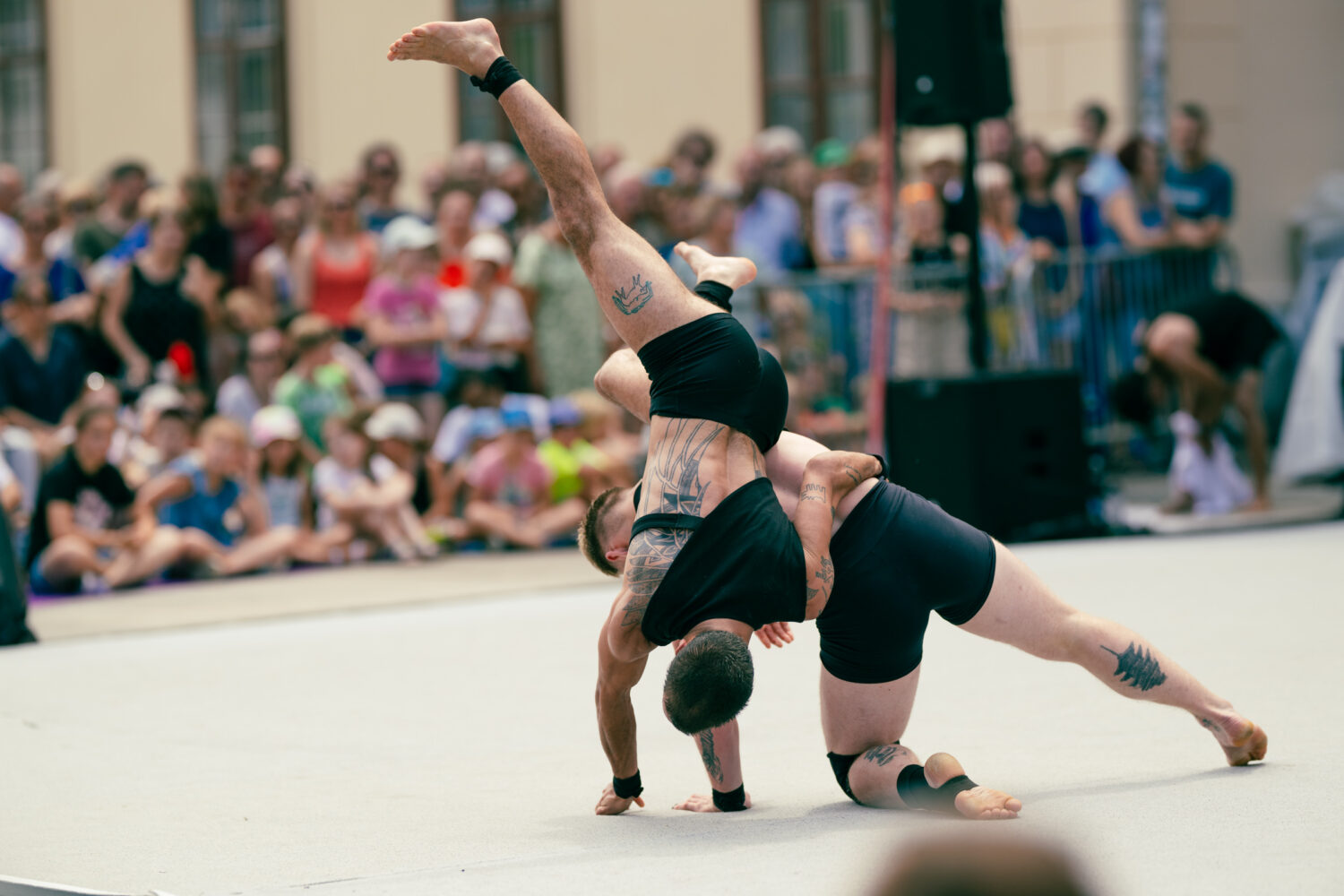
About Copenhagen Collective
- Newly founded circus company, composed of artists from several European and Latin American countries.
- The performers are cast as either base or top acrobats, with the intention that they should be able to occupy several different positions.
- Watch a mini-film about the company's origins
- The company is based in Copenhagen and was founded when several players in Denmark wanted to create a new company and had the necessary funding to make the project a reality.
- The start of the company was funded by JA Cirkus.
Text by Anne Liisberg.
Photo: Luke Chadwick Jones (indoors) and Siggi Walter (from outdoor performance at La Strada festival)

